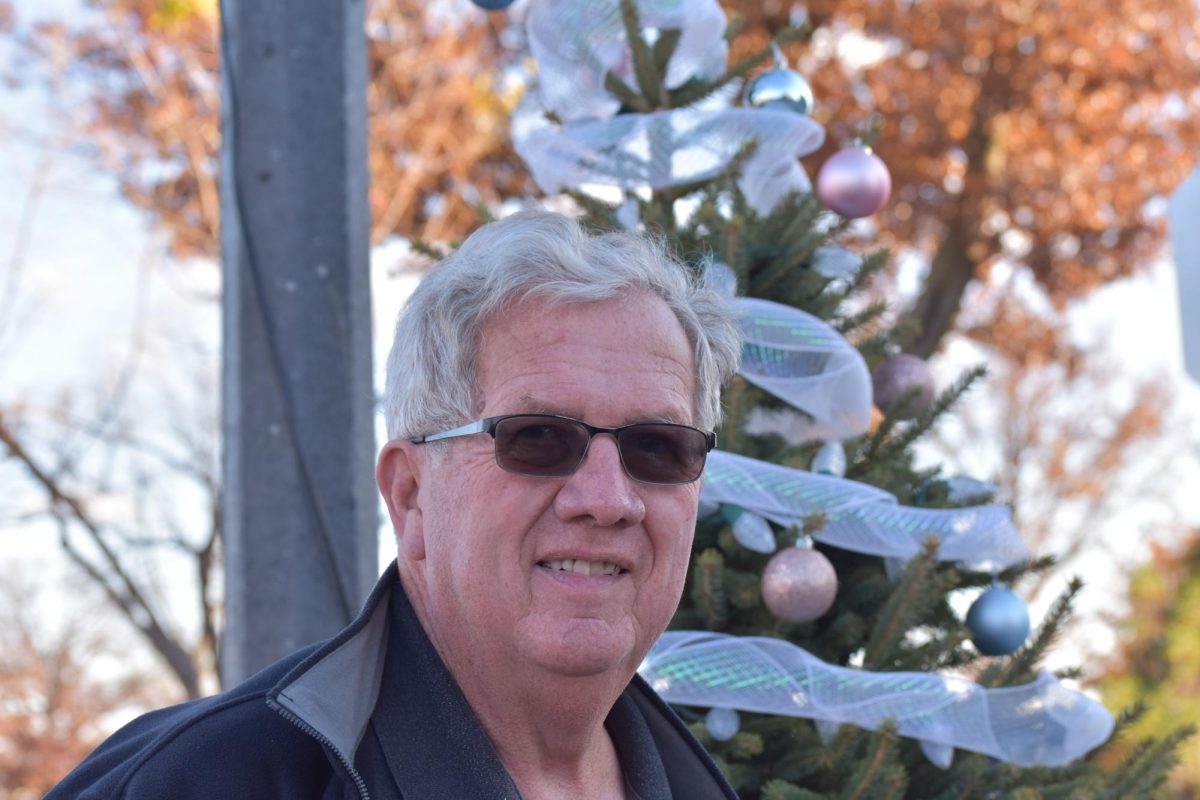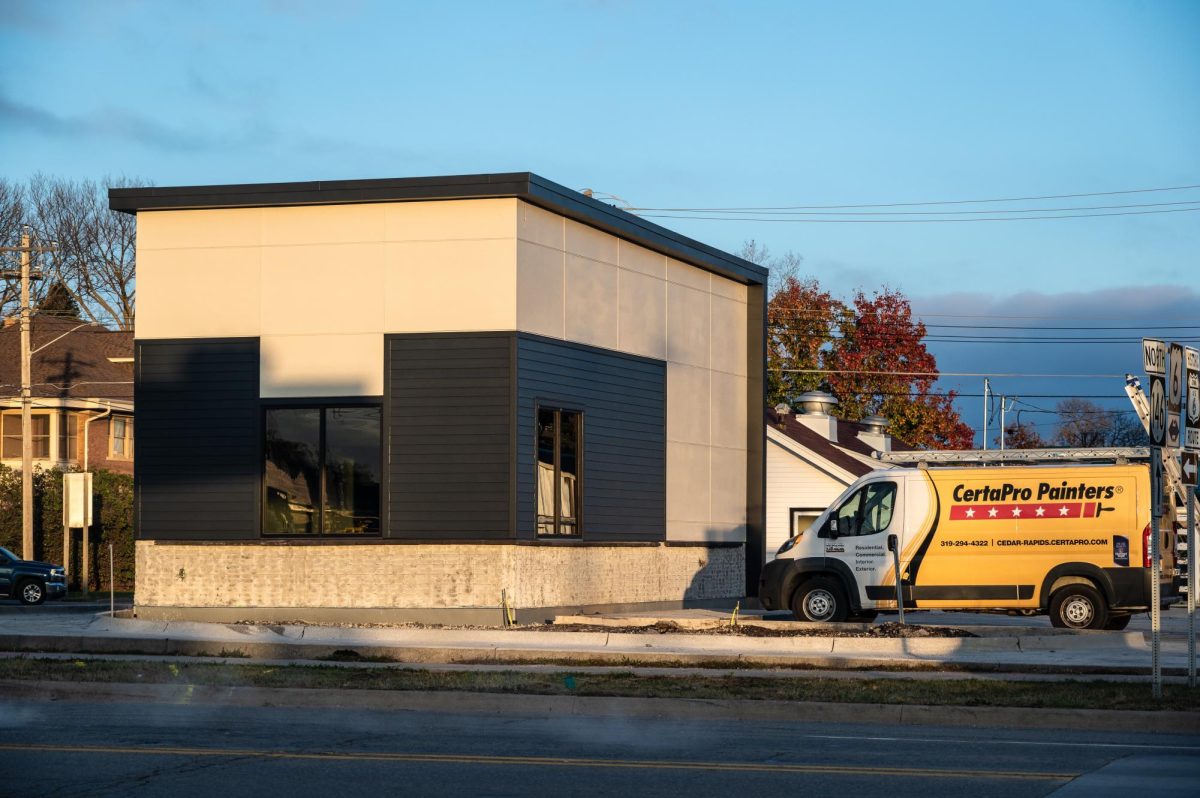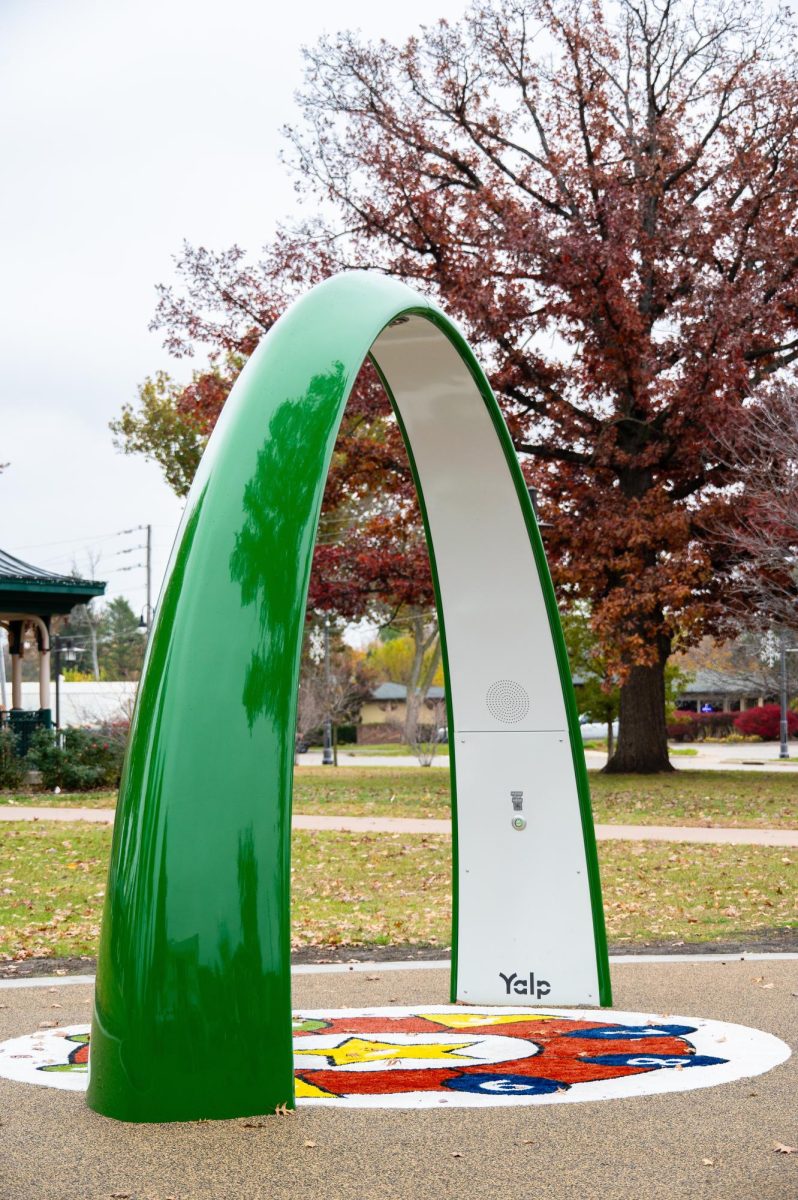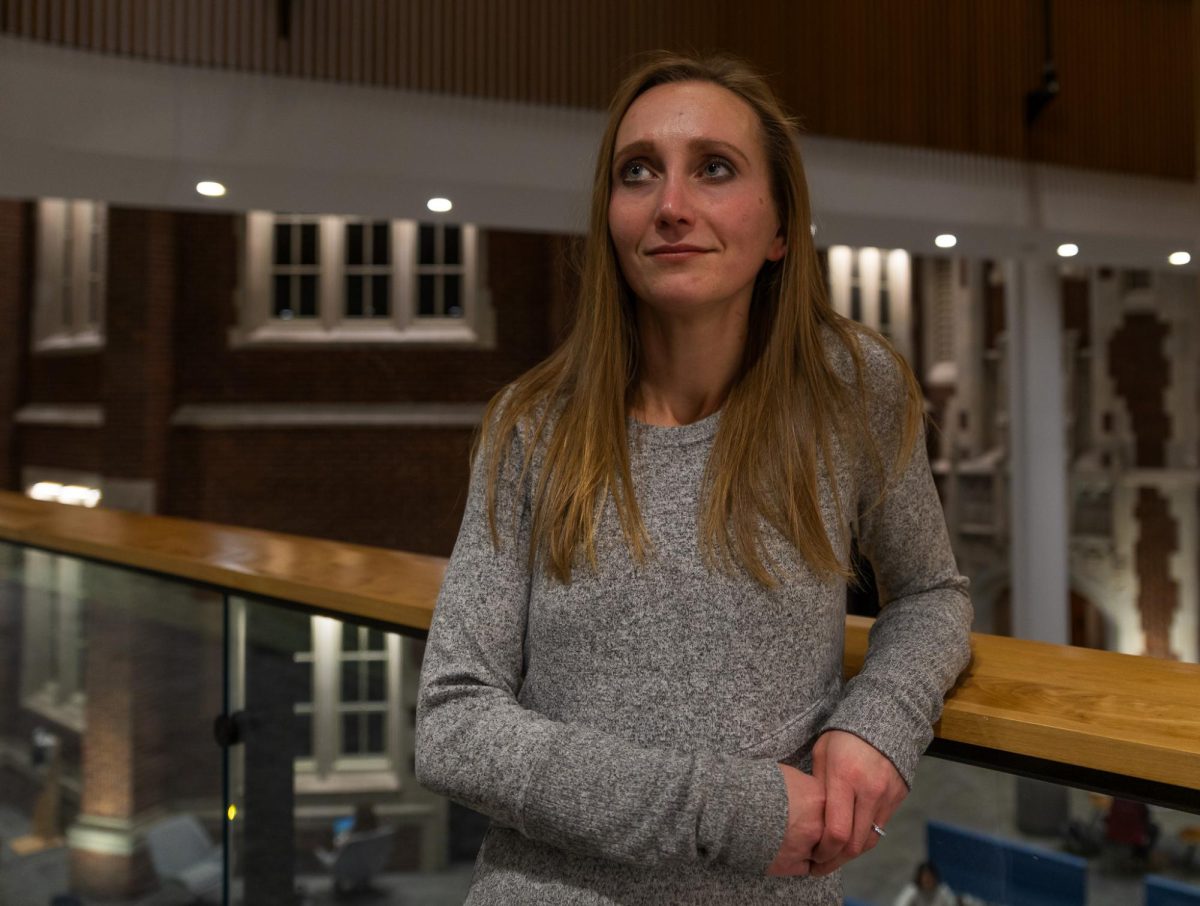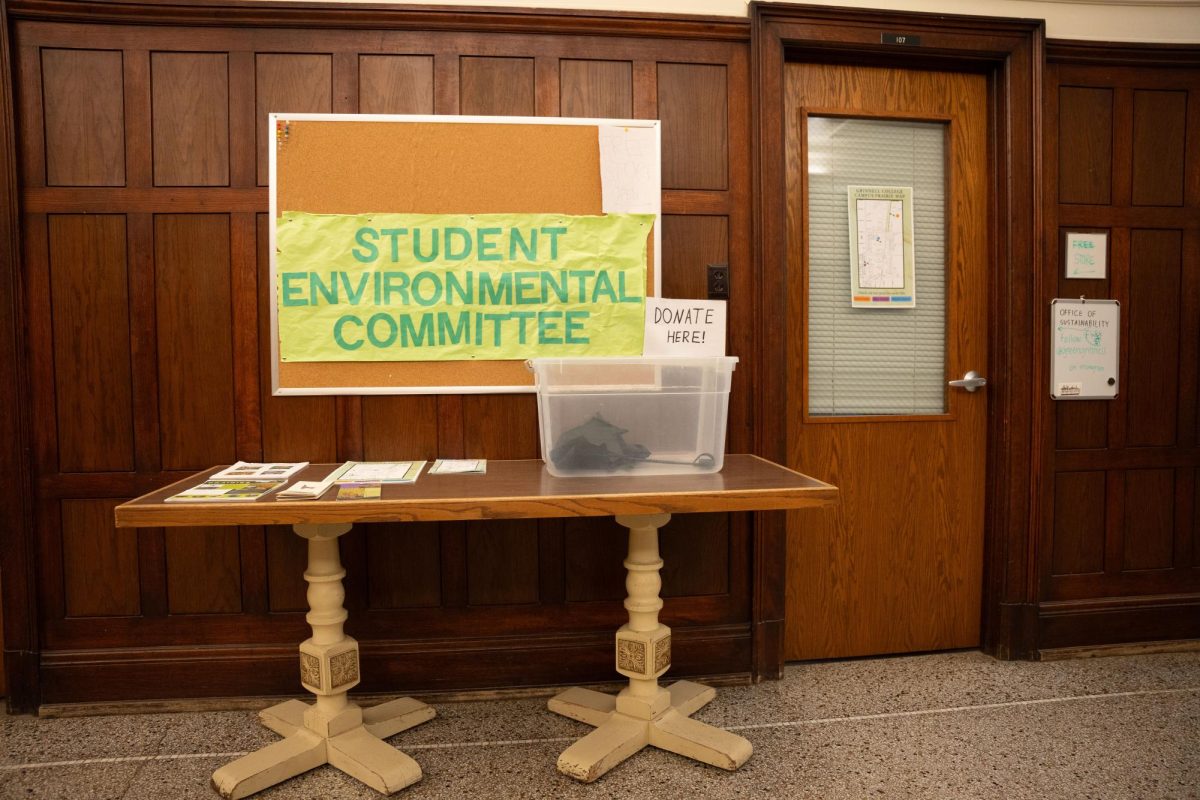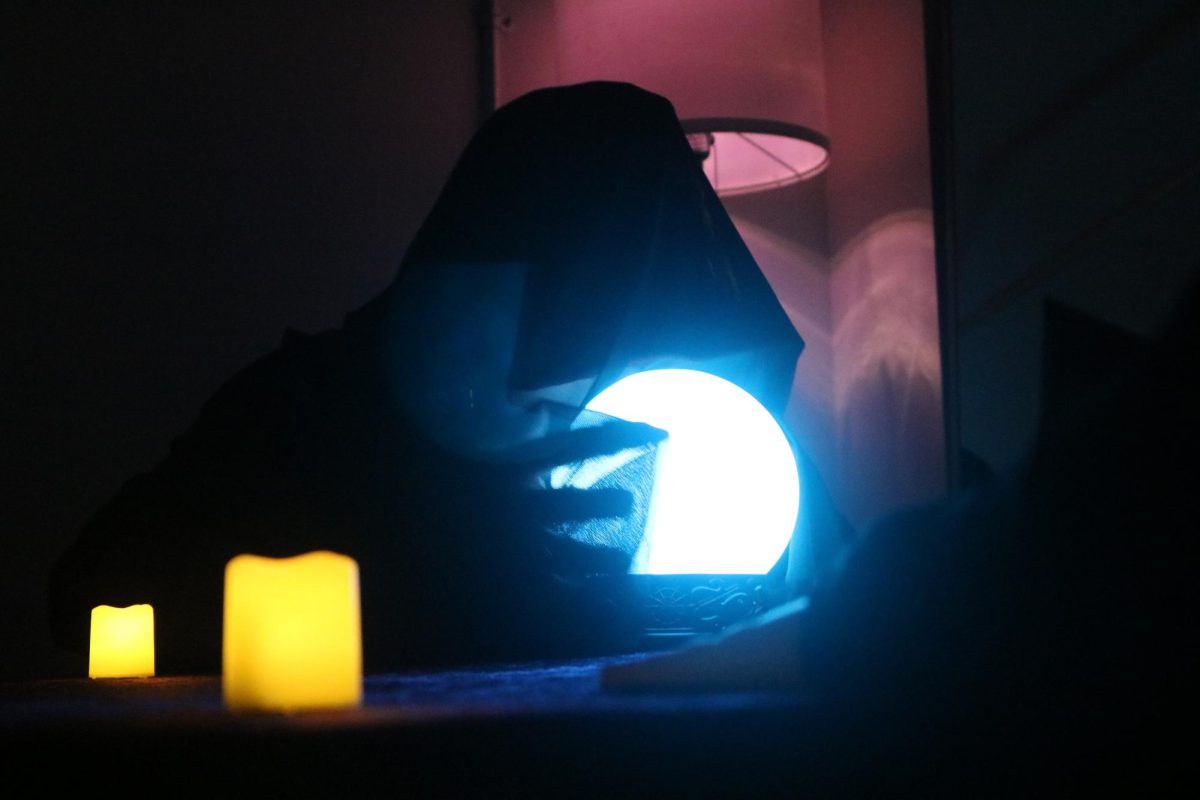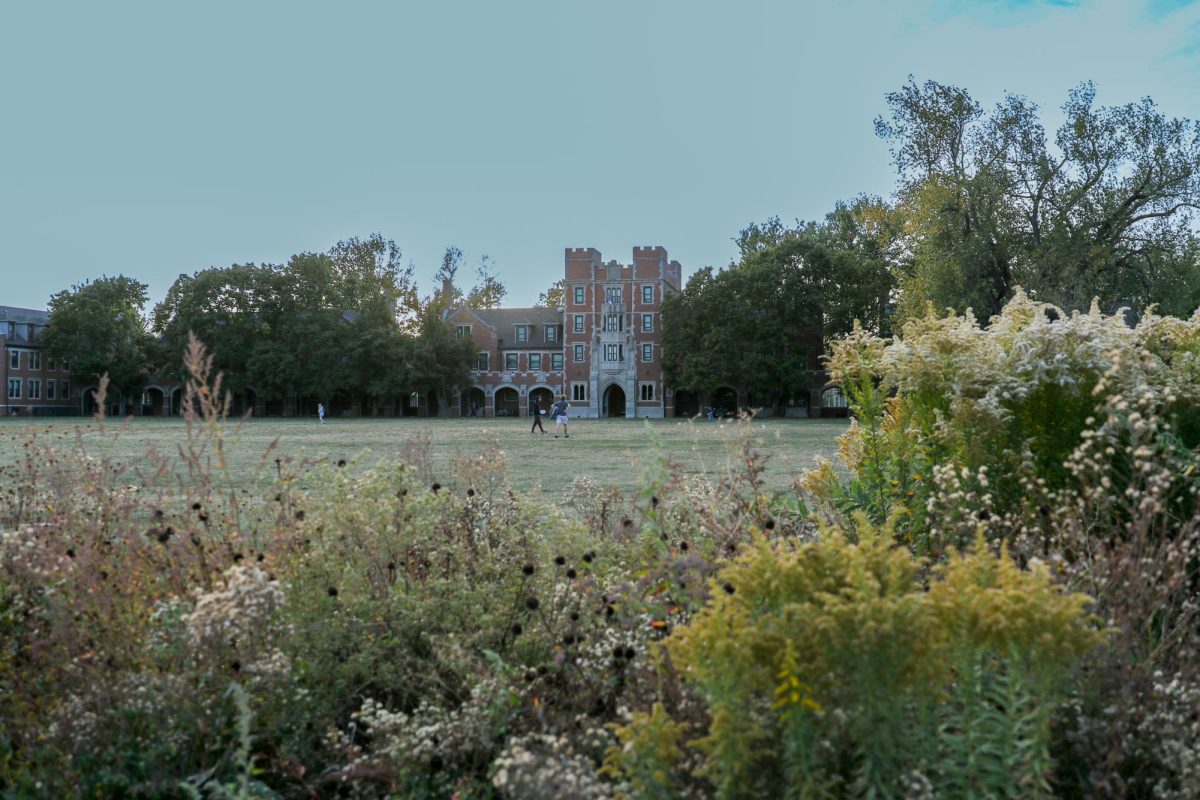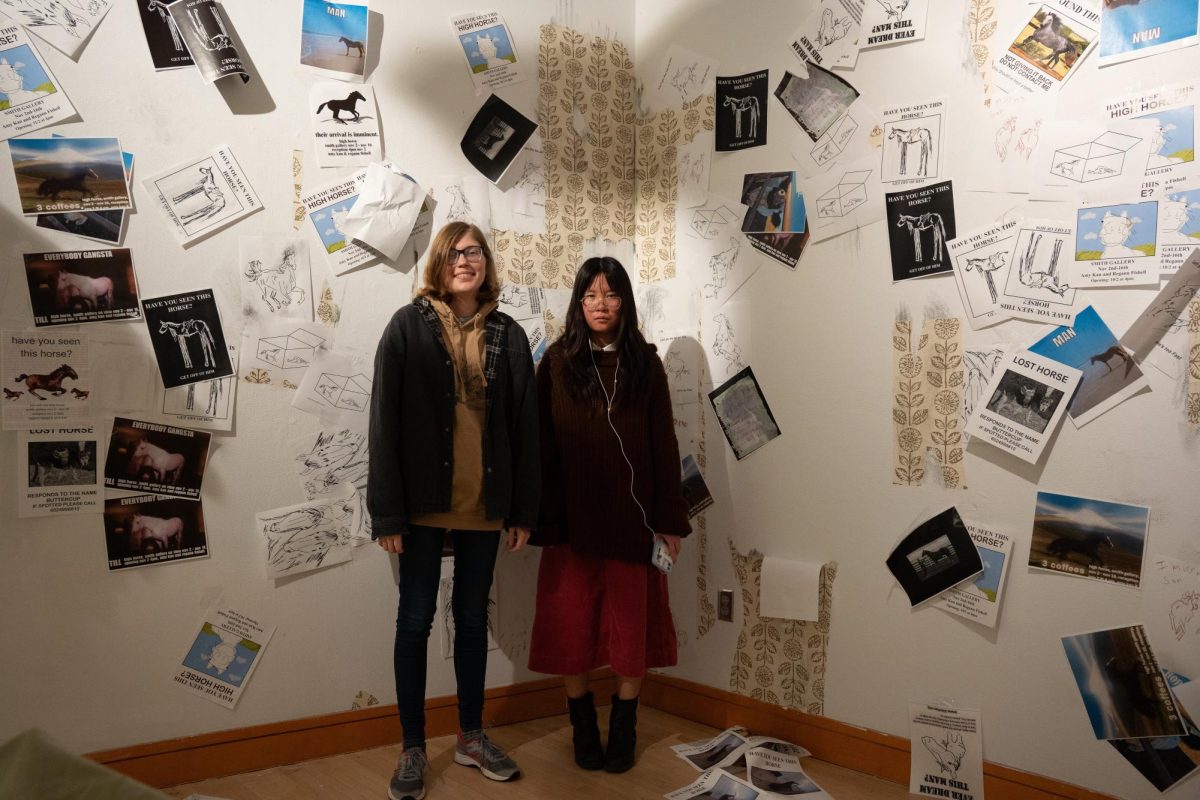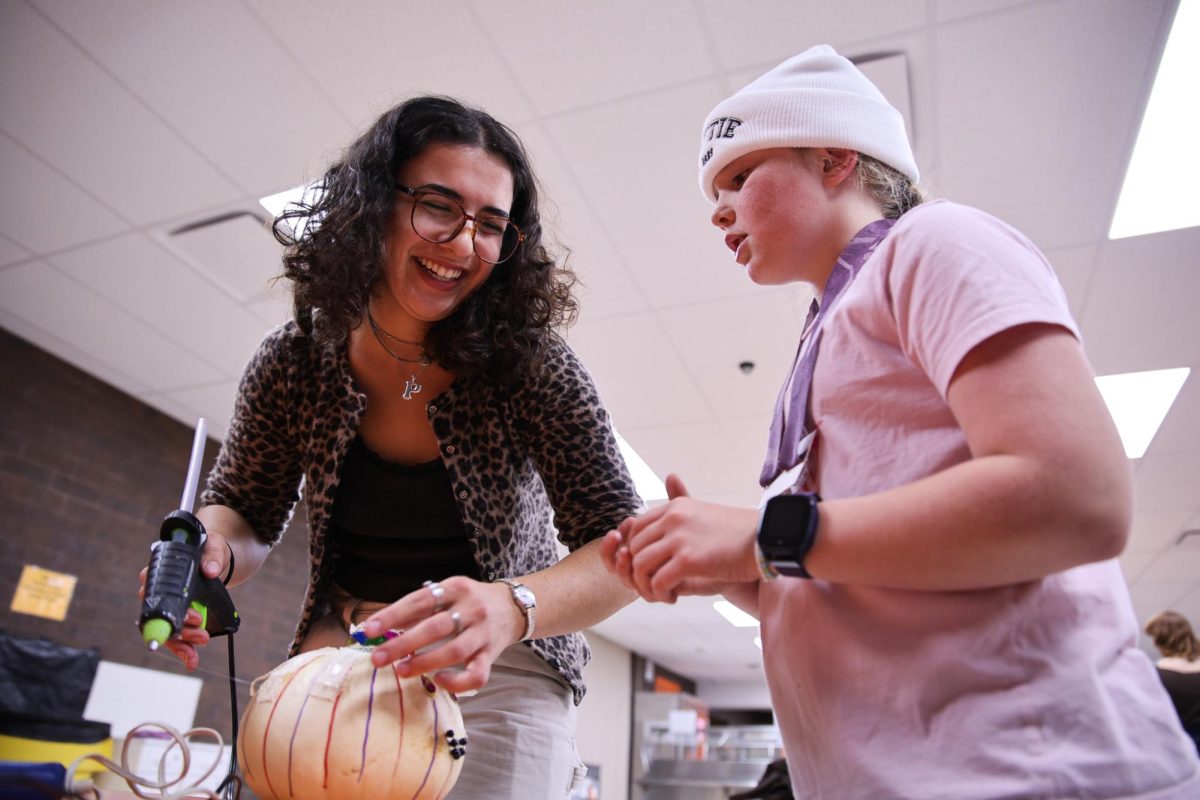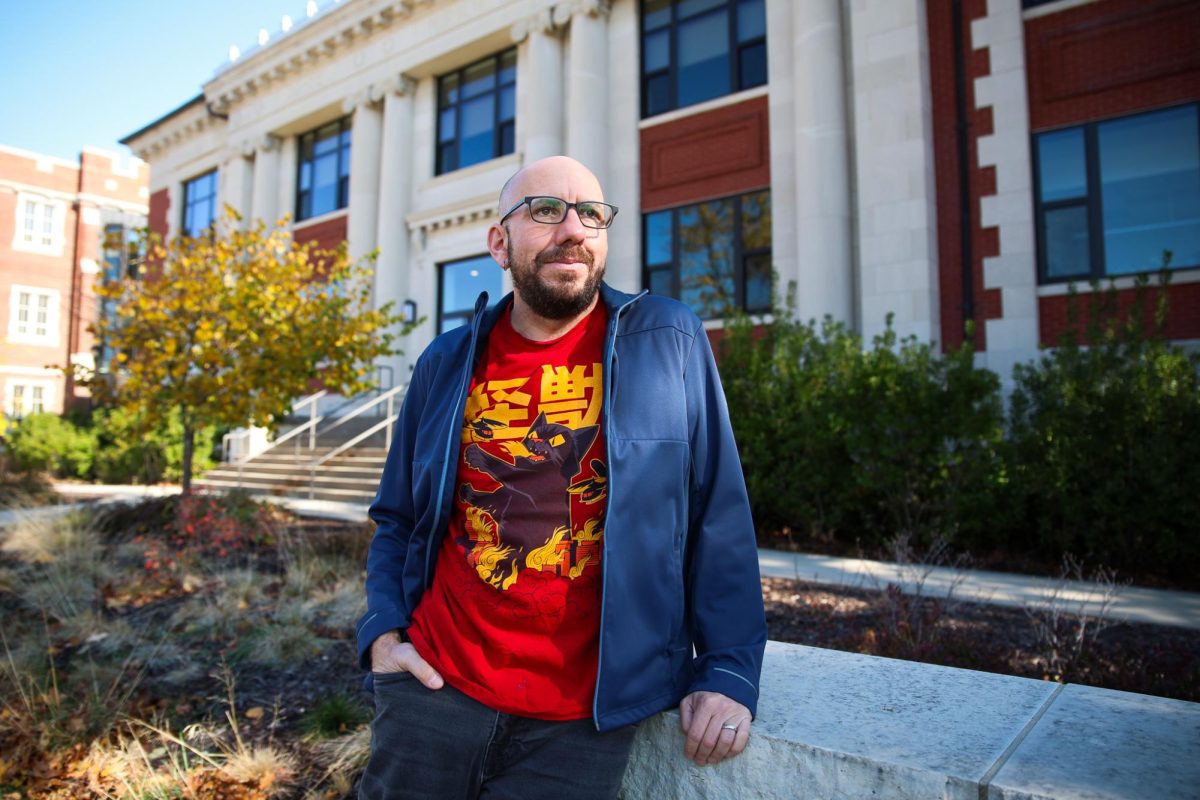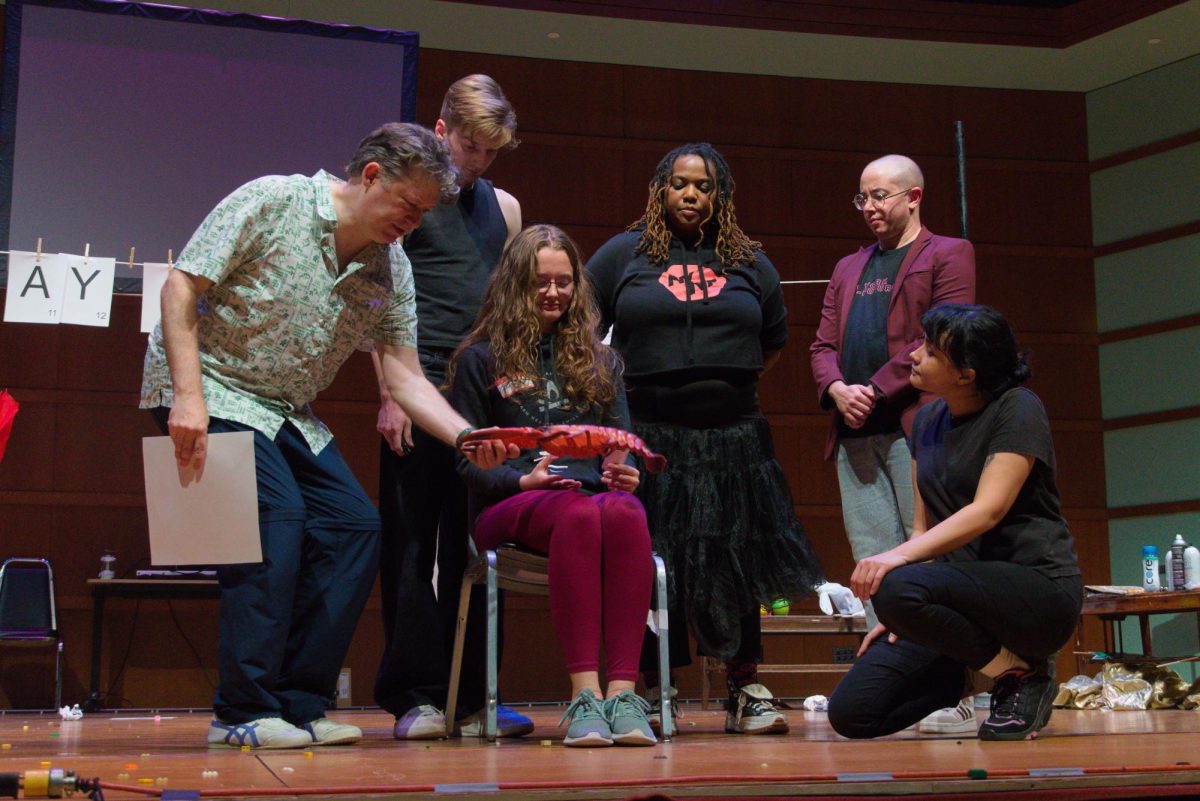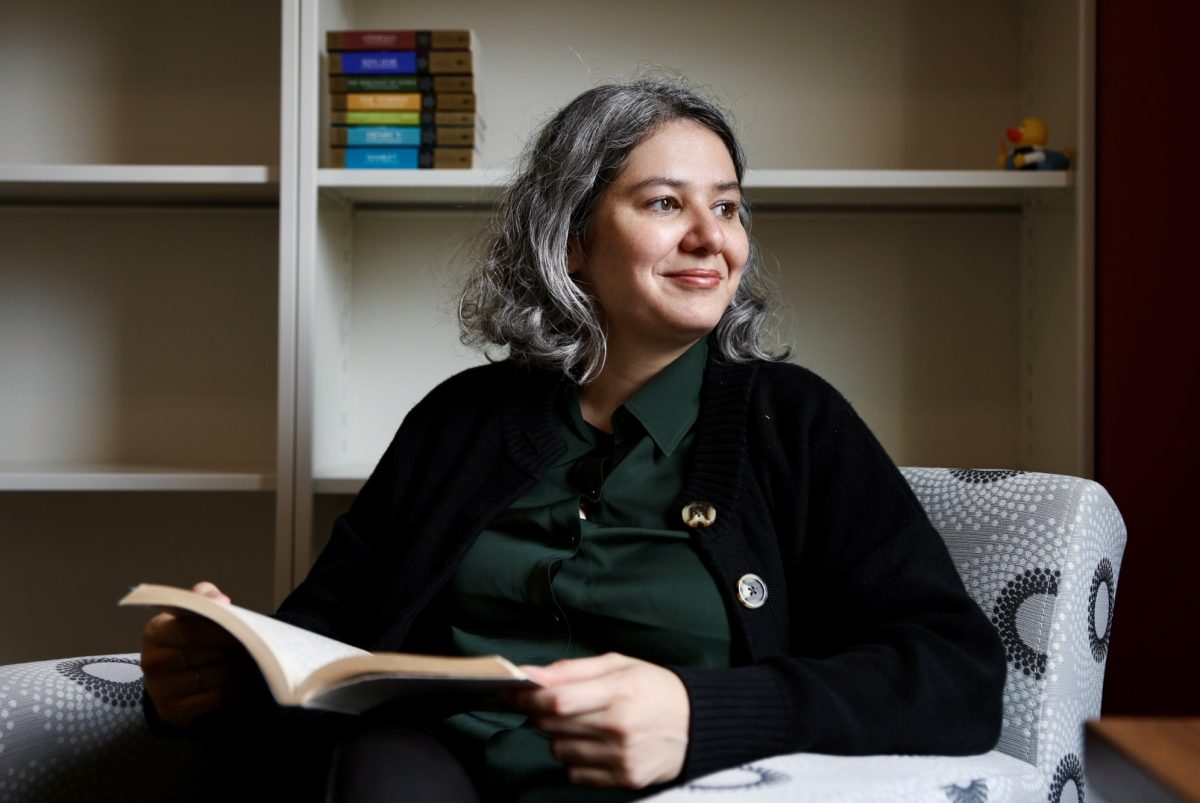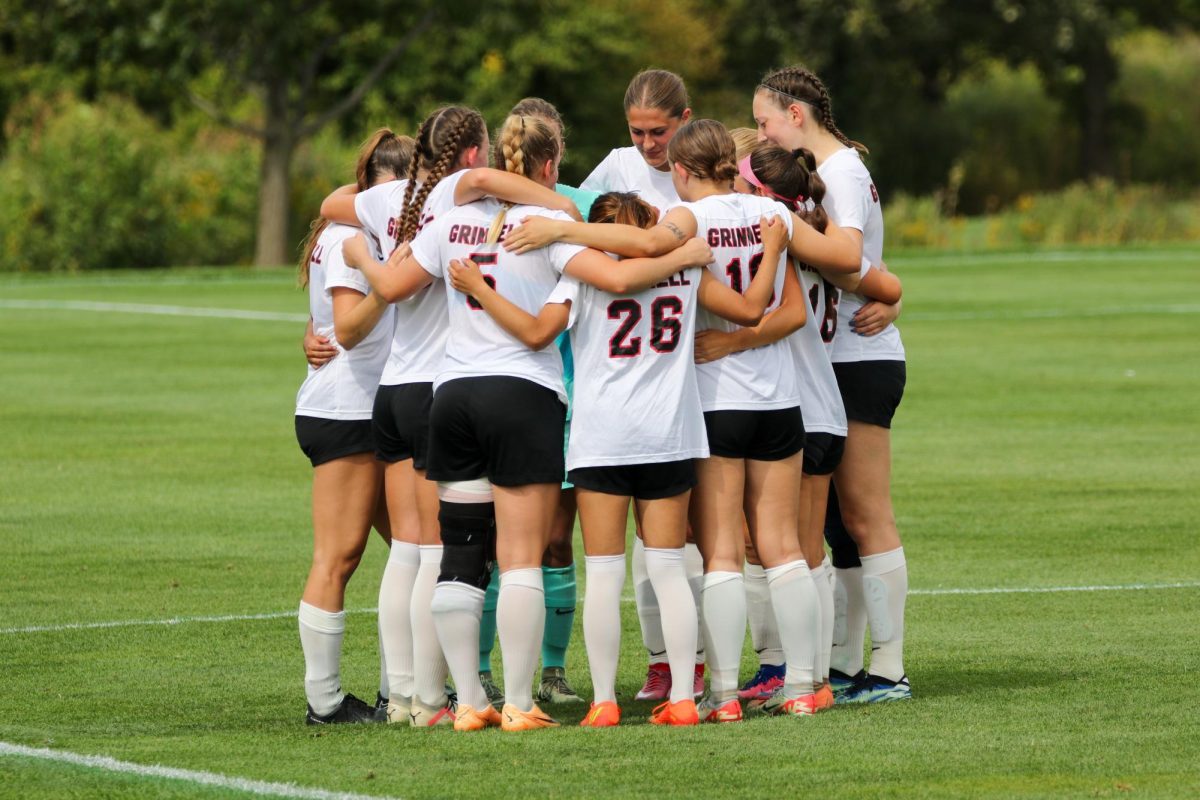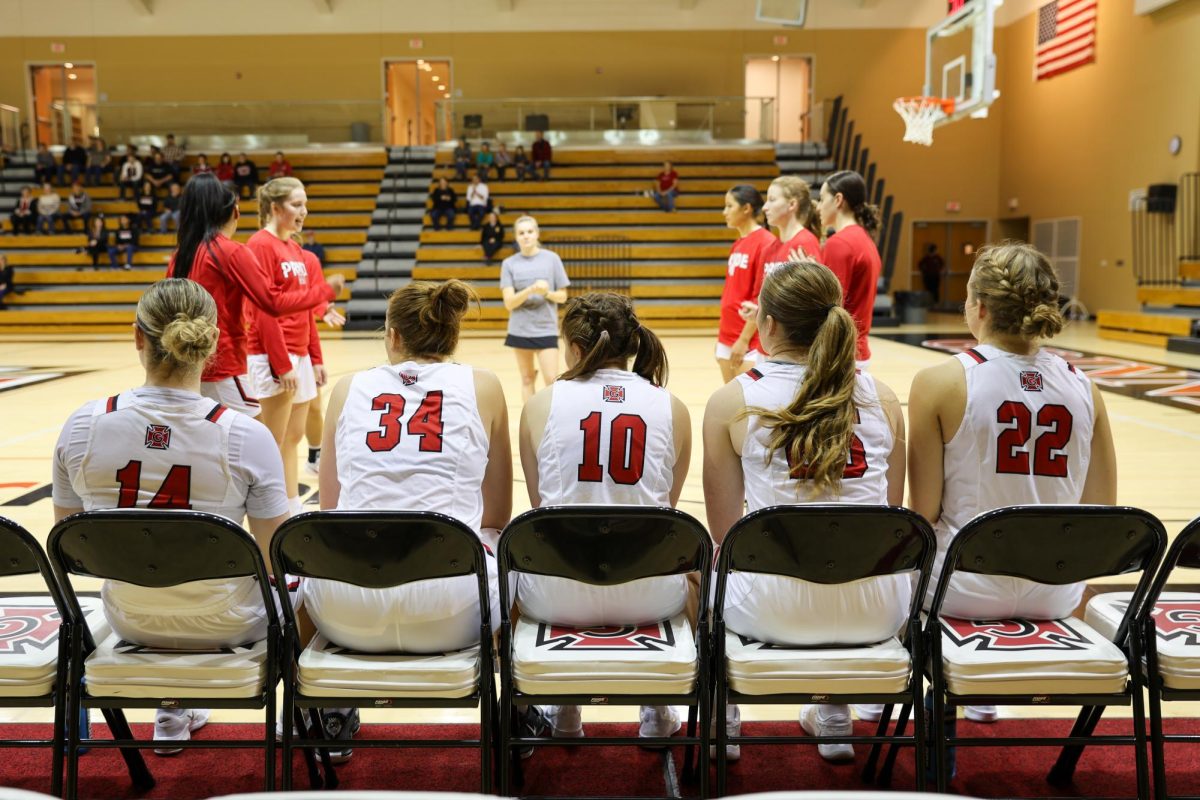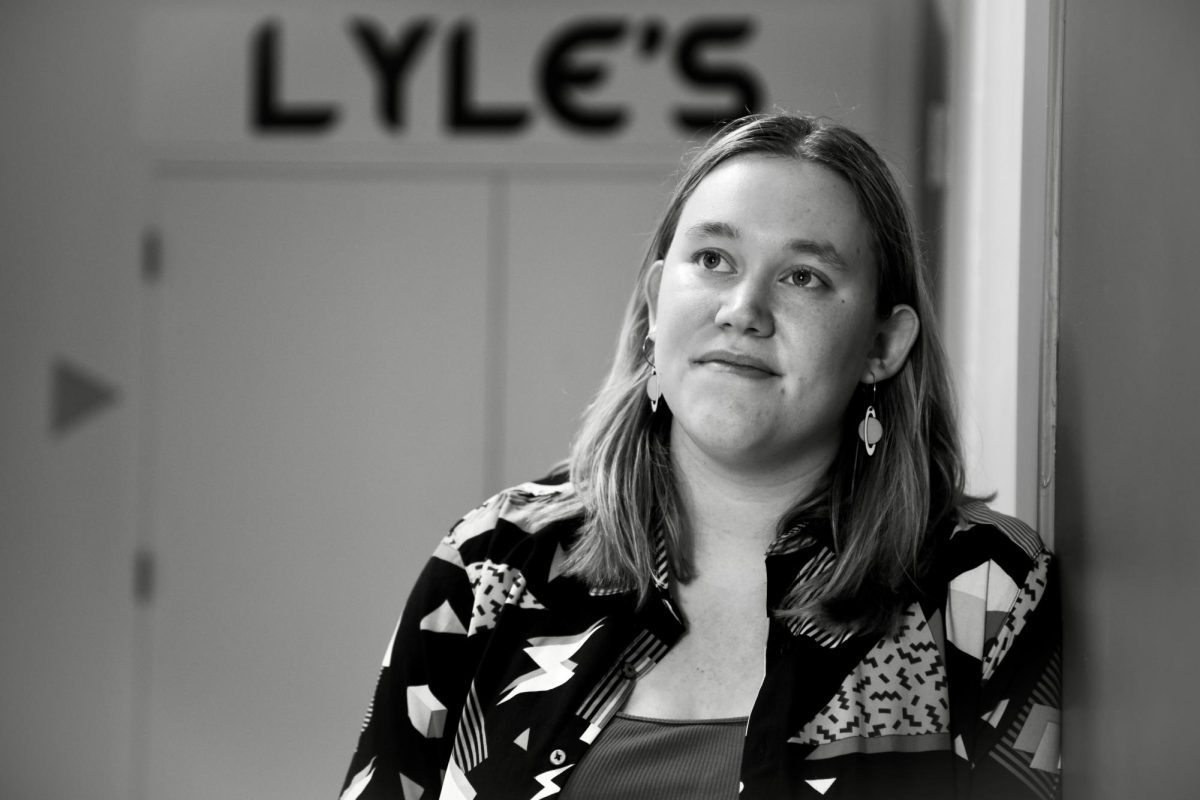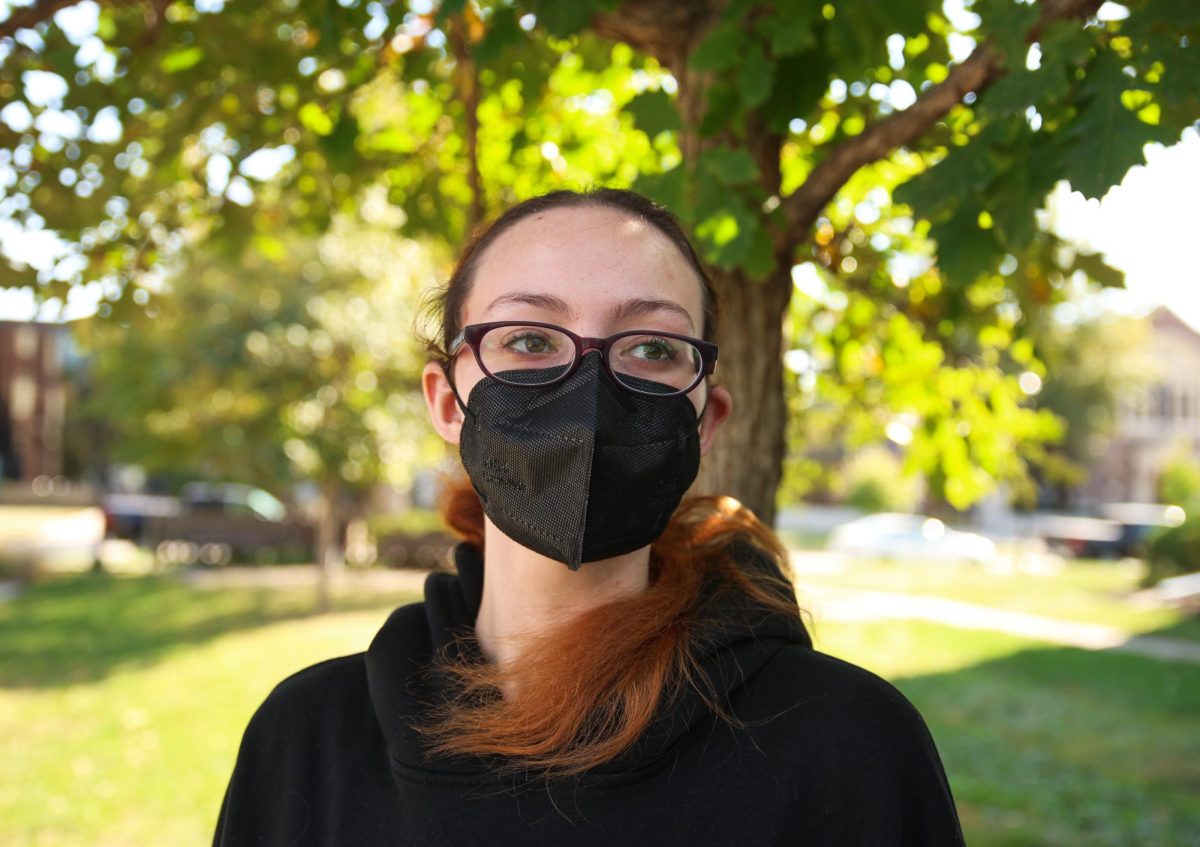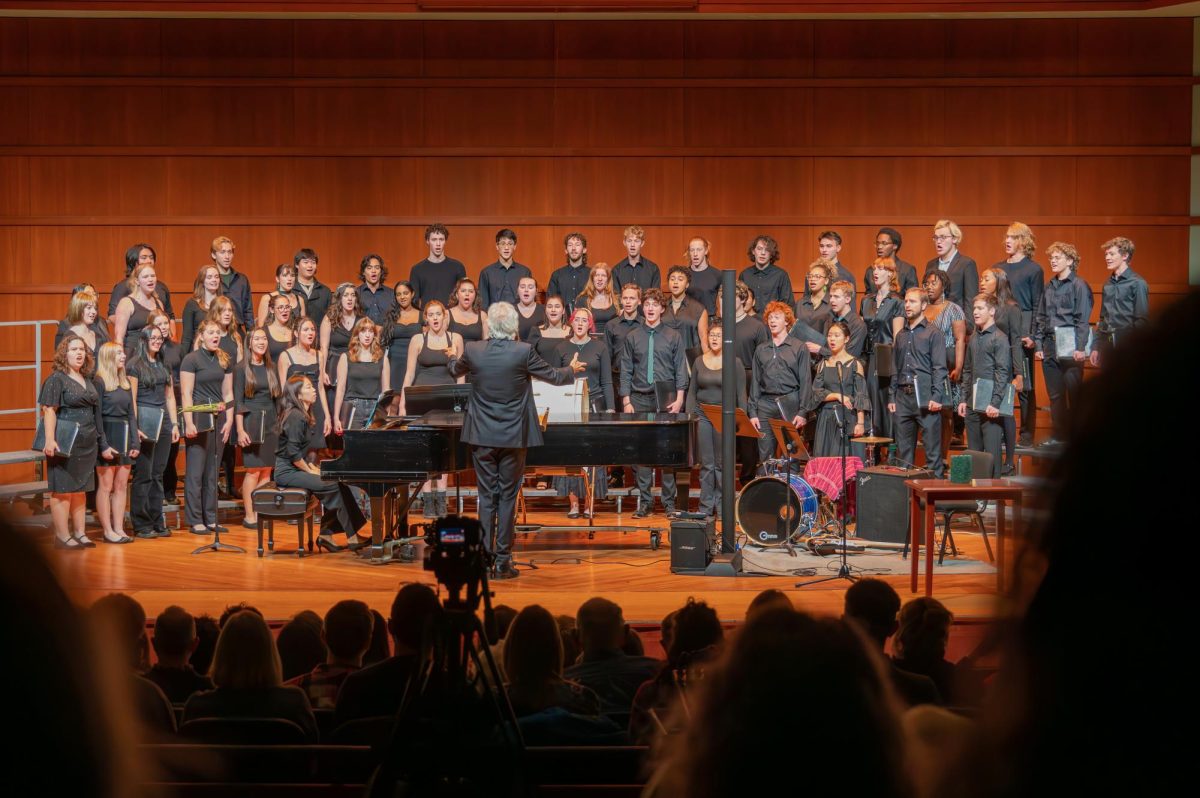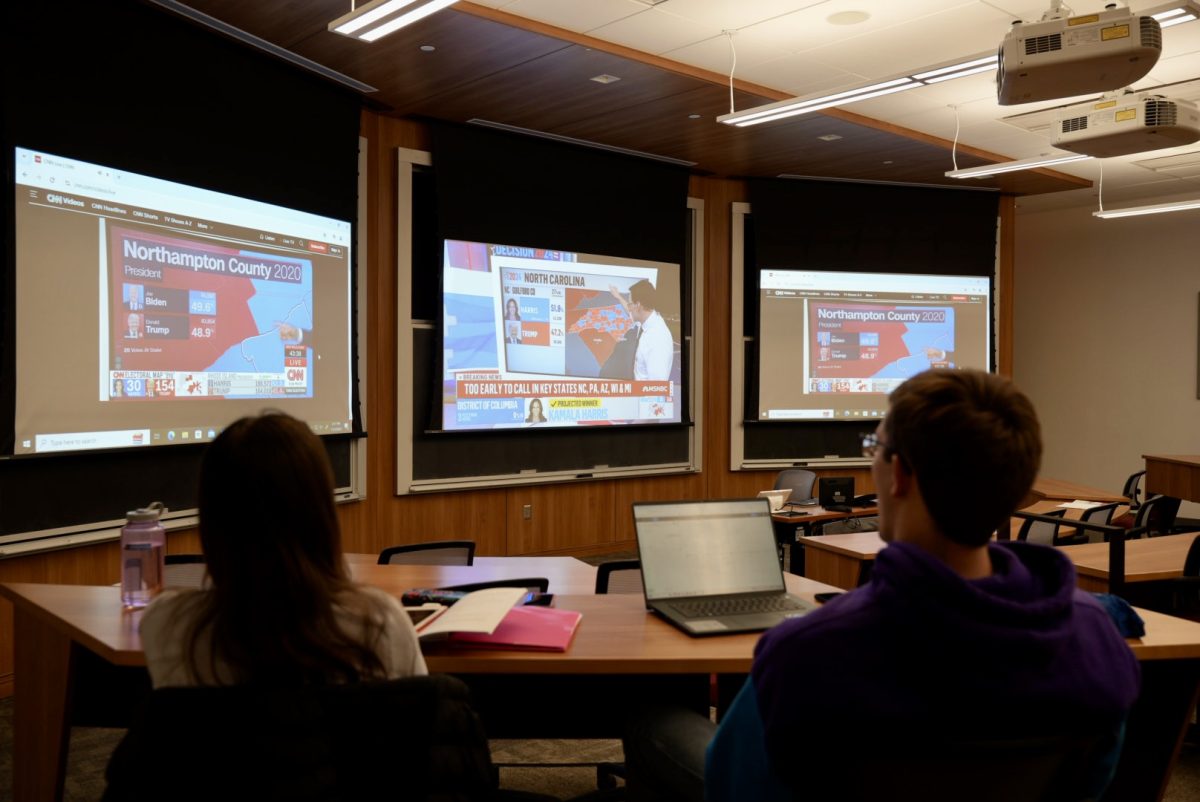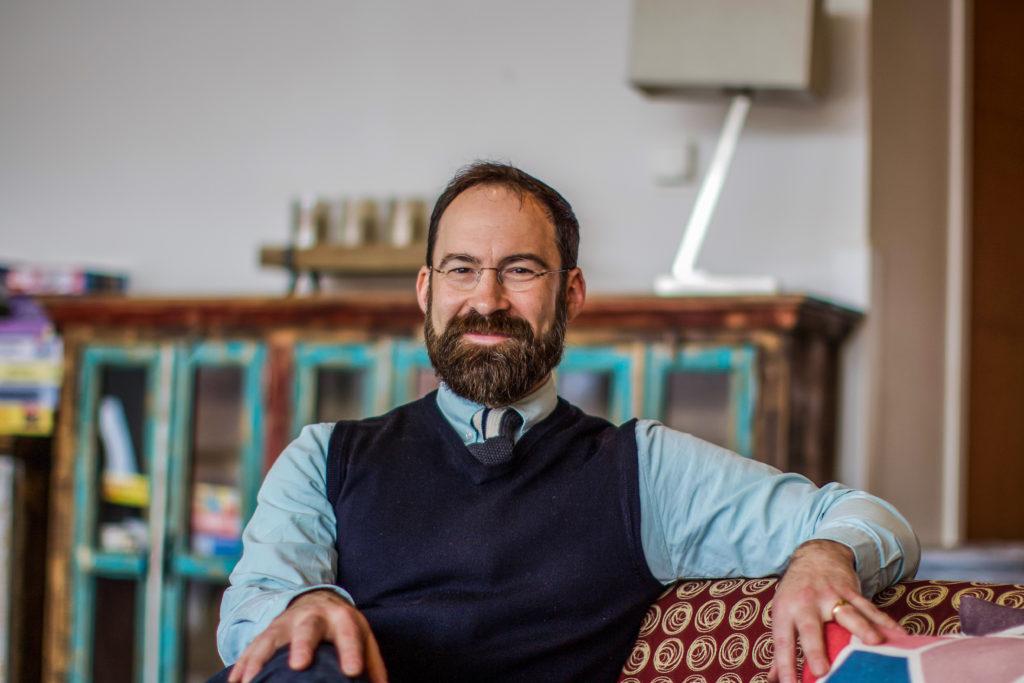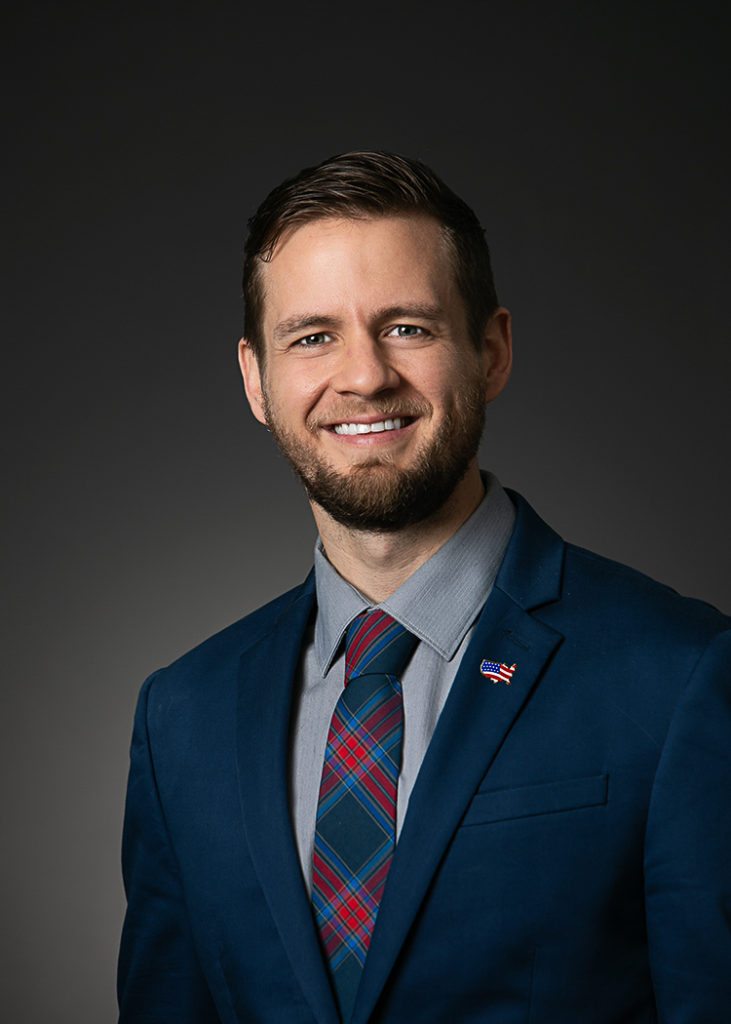As the College opened for the spring semester, so did the doors to the newly designed, still-in-progress Humanities and Social Studies Complex (HSSC). On Jan. 22, while students and faculty attended class in the building for the first time, construction workers carried on installing whiteboards, painting classrooms, hanging lights and more to keep up with the fast pace of the massive construction project. The new addition, which broke ground in Dec. 2016, has opened on schedule and is transitioning to the renovation stage of the project while the building is in use.
In the renovation phase, the work being completed is largely aesthetic, involving interior demolitions and comparatively limited crew sizes. This makes sharing the space amongst members of the College and workers much more manageable.
According to Vice President for Academic Affairs and Dean of the College Michael Latham in an email to The S&B, work on the new addition should be finished by spring break as the atrium is completed and new furniture arrives. Before classes began, all the offices were completed and most of the classroom spaces.
Construction on the HSSC as well as the new admissions building and renovation of Younker Hall for ADA compliance has been contracted to McGough Construction, based in Saint Cloud, Minnesota. McGough has subcontracted a number of construction companies to tackle these three major projects, peaking at 300 contractors working simultaneously on the HSSC last summer.
Director of Facilities Management Rick Whitney notes completion of a project this size has required numerous individuals working together to keep on schedule as they complete their own disparate duties.
“It was really quite impressive to see unfold how many people, including designers, consultants, contractors, construction professionals, as well as college faculty and staff work as a team to bring the HSSC from concept to reality,” wrote Whitney in an email to The S&B.
“ITS and Facilities Management worked very hard during the months leading up to the opening and especially during the winter break to relocate faculty into the new building, install technology in classrooms, and coordinate work with our construction firm,” wrote Latham. “They deserve a great deal of credit for helping us meet that deadline.”
One of the subcontractors hired by McGough, Wilkie Sanderson, is currently working on carpentry related renovation projects and have been on site through McGough since June of 2018. The workers from Wilkie Sanderson are unionized under the United Brotherhood of Carpenters union (UBC).
The workers are contracted to 40-hour, or five eight-hour work days per week. The HSSC project has required a lot of work outside the typical week, however, with workers coming in both Saturday and Sunday as well as working ten-hour days.
For all work beyond the 40-hour work-week, workers are paid time and a half, with double time on Sundays, as part of their union-negotiated contract.
David Holt, a field supervisor with Wilkie Sanderson, noted that as of late, the workers have been back to their typical 40-hour work week, but for the past two months, seven-day work weeks and ten-hour days have been typical.
Regarding working in the HSSC as students are there, Kevin Lynch, a construction worker under Holt and also employed through Wilkie Sanderson, noted that working in occupied spaces is not a norm he is used to, but does seem to be more common as time goes on. As the major work in the space is done, it is safe for students to use while the work continues and they finish making the HSSC “look pretty,” according to Lynch.
“It used to be that building inspectors wouldn’t give occupation until everything was absolutely done, now when we get down to just the beauty stuff they’re willing to pass off the occupation after all the safety stuff is completed,” said Holt.
One of the beautification projects that Holt and Lynch are currently working on is the installation of “fins” around the second and third floor hanging walkways.
“3,000 of these fins we installed,” Holt said. “They’re all designed to trap sound so the atrium here isn’t as echoey and loud.”
The College praises the work that has gone into making the building energy-efficient and sustainable. It has been modeled to use less than half of the energy required by code.
Students, administrators and faculty have been impressed by the new space and the opportunities it allows for student learning. Latham is excited for the interdisciplinary nature of the space, bringing together members of the College across the humanities in ways unheard of at other schools.
“This should help to foster more collaboration across fields, facilitate team teaching, and promote collaborative research among students and faculty,” Latham wrote. “This may very well be the first truly integrated Humanities and Social Studies center, and we’re thrilled to see where the intellectual exchanges will lead”
For some students, the updates in technology are impressive additions to the new space.
Tanvi Jindal ’20, who attends sociology and economics courses in the HSSC, finds the equipped classroom brings new ease to group work. “
I really like that some classrooms have their own personal computers so if you’re working on a project you don’t have to share computers, like I have to in [economics],” Jindal said.
Others, like Yuya Kawakami ’20, who attends global development studies in the HSSC, are impressed by both the physical beauty of the space and the accessible nature of it.
“I like the aesthetics of the building. I like how they preserved the outer of the ARH and kind of built around it –— that’s pretty cool,” Kawakami said. “[It is] more spacious for sure, and I think it’s more accessible in many ways. There’s an elevator, there’s chalk walls all around the room, so it’s easier for the professor to teach from more places.”
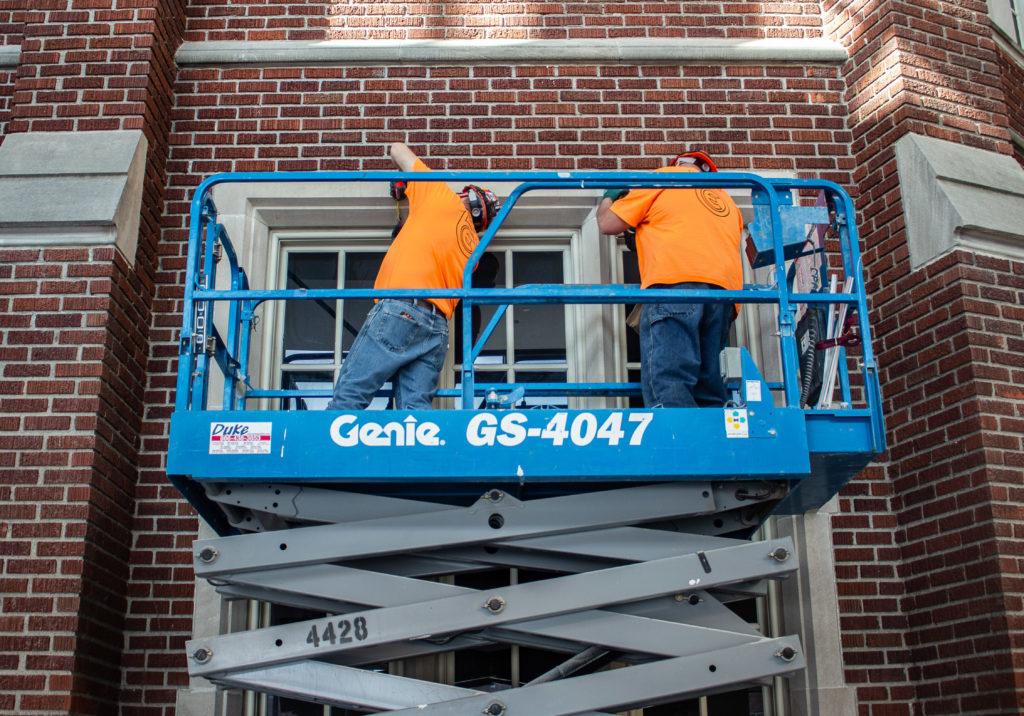
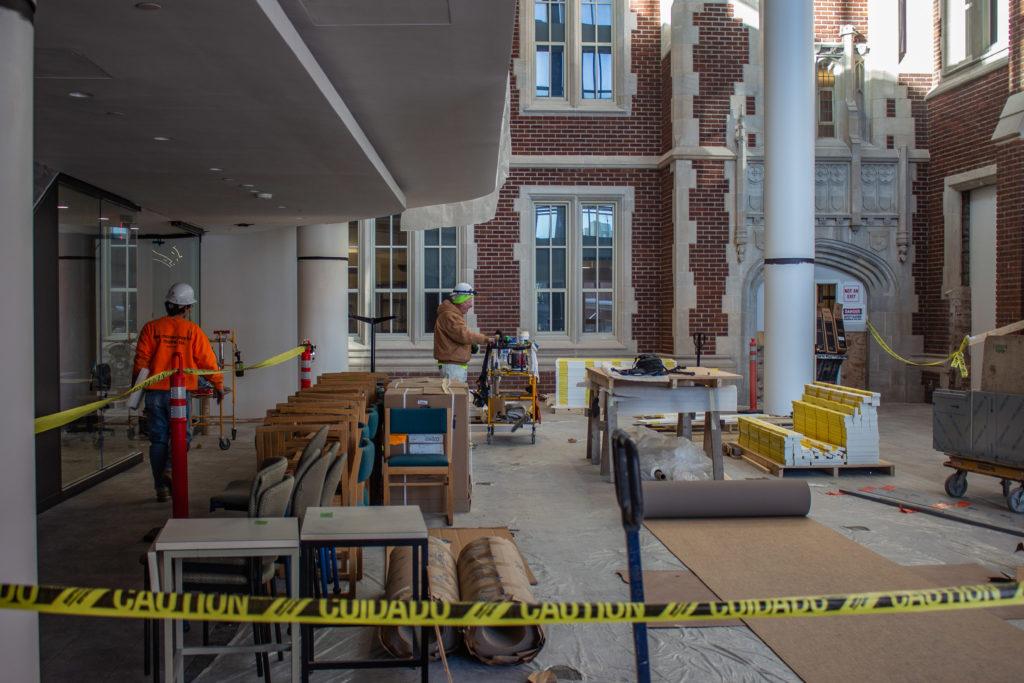
Photo by Sofia Mendez





